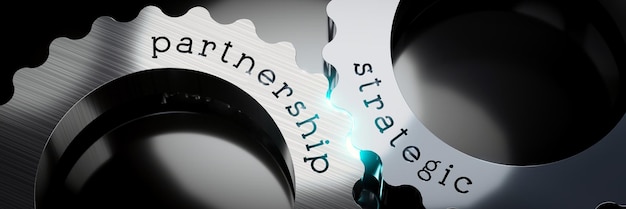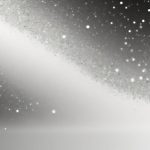
Exploring the New Adaptation of “Beauty and the Beast”
After watching and reading about the new French film adaptation of “Beauty and the Beast,” I was fascinated by the depth and complexity it promises. My passion for the “Beauty and the Beast” archetype, spanning from the original animal bridegroom folklore to its various adaptations in literature, film, and TV, triggered my curiosity. When I found out about Christophe Gans’ new adaptation set for release in France, I knew I had to delve deeper, even though there’s no English subtitle version yet.
Christophe Gans’ adaptation stays true to the first literary version by Madame de Villeneuve, which is a significant departure from other adaptations like Disney’s. The film retains key elements such as the rose, the father, the full family, and their lost fortune. Gans’ choice to adapt Villeneuve’s original version is exciting as this has never been done for the big screen before.
Villeneuve’s original tale, published in 1740, portrays Belle as a joyful girl who falls in love with a cursed beast. This story emphasizes dreams, love, and redemption over materialism and corruption, making it surprisingly contemporary. Villeneuve’s first version, unlike the more didactic and preachy condensed version by Beaumont, focuses on themes closer to women’s rights and the control they had over their own bodies. Beauty, in Villeneuve’s story, is enamored with a dream-prince who is actually the Beast, symbolizing her own sexual awakening and empowerment.
Villeneuve’s tale also delves into Beauty’s lineage, revealing that her father is not her biological father and that she is actually a princess and half-fairy. This subplot adds depth to the characters and enriches the story with themes of class and family.
The Beast in Villeneuve’s version is a genuine monster, needing Beauty to help him regain his humanity. This theme of redemption through love translates into modern stories of monsters seeking redemption. Unlike the costume-like portrayal in Beaumont’s retelling, Villeneuve’s Beast genuinely represents a monster. Beauty’s choice to love him is the crux of his redemption and transformation.
Beauty’s agency in choosing to love the Beast highlights feminine empowerment. This choice saves her from a typical 17th-century marriage to a brute. Beauty’s affection for the Beast signifies the merging of romantic love and sexual identity.
In essence, Christophe Gans’ film has the potential to be a thrilling and visually stunning adaptation that remains faithful to the original story by Villeneuve. The movie, set in a magical world, promises to explore themes of love, dreams, and redemption, retaining the rich backstory and character depth of the original tale.
Could this be the ultimate “Beauty and the Beast” film? Time will tell. For those who understand French, the anticipation is even more palpable. The trailer alone suggests a visually captivating experience.
I eagerly await its release and hope it won’t be too long. If you have seen the trailer, I’d love to hear your thoughts!
—
References:
1. Griswold, Jerry. The Meanings of “Beauty and the Beast”: a handbook.
2. Hearne, Betsy. Beauty and the Beast: Visions and Revisions of an Old Tale.
3. Villeneuve, Gabrielle Susanne Barbot de Gallon (Madame) de. The Story of Beauty and the Beast: The Complete Fairy Story, translated from the French by Ernest Dowson with color plates by Charles Condor. Internet Archive. University of Toronto, 2010.

